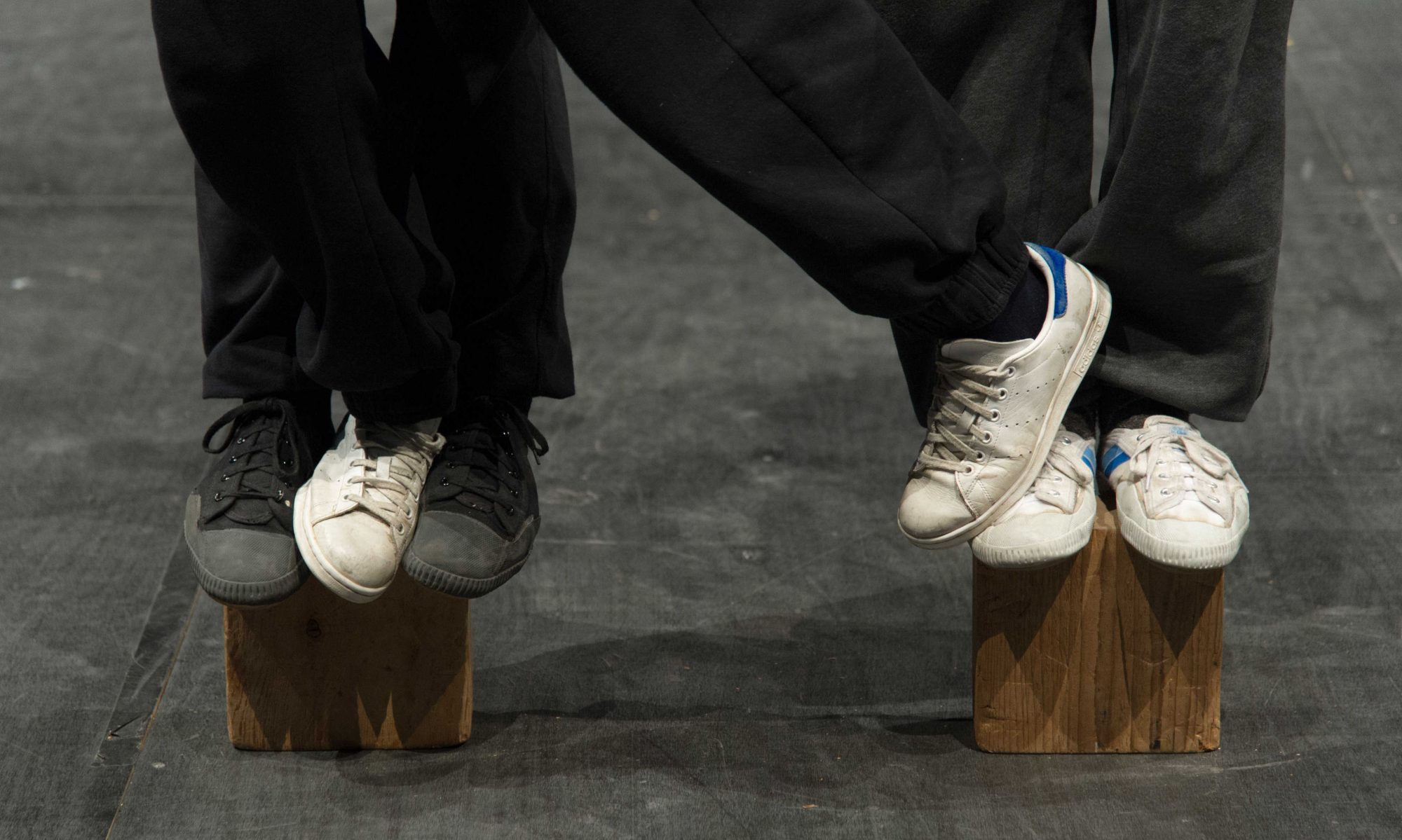Thom Hogan has recently published an article regarding how auto-focus has evolved over the years. It’s interesting as, for once, I agree with his analysis with respect to the question « does it work? » or rather, ‘can I trust it? » Read his article here
However, I would take this a step further and include auto-exposure.
Auto-anything is another of the many tools available in the camera to allow the photographer to get on with the job and concentrate on his subject, rather than A: missing the ‘moment’ while changing camera settings, or B: setting up the camera with a basic ‘hit and miss’ configuration. People like me who started with 100% manual cameras know this situation well – and the frustrations of waiting for the return of the developed film to discover that the settings just weren’t adapted to the situation….at all!
The sensitivity of modern digital sensors has made possibly the most significant difference to resolving some of the problems confronting a photographer, and even the sensitivity settings have been automated – on a personal note, NIKON have, in my opinion, a very robust auto-ISO algorithm on their recent digital cameras (from the D800 onwards) which I use frequently and have rarely been let down.
Auto-focus is the same in that it works, no-one can deny this, but the user must take the time to test exactly what the camera is doing to be able to understand when and where it ‘could’ potentially let him down. Just pointing and shooting will give (very) variable results – depending not only on the subject (contrast etc.) but also the exposure used. As always in photography (and this dates back to film and printing etc.) it’s fundamental to get the exposure as close to optimum ‘in-camera’, not only for post processing but also for the camera to be able to react with the best settings during the exposure, particularly with respect to focusing.
When it comes to auto-exposure, the automation has really made huge leaps since the late 80’s when this started becoming an option in interchangeable lens cameras. This can still be ‘tricked’ (or rather thwarted) by colour or contrast but as a general rule, the systems handle this remakably well. The simple ‘ruse’ of seperating the controls for blocking the exposure and the auto-focus (the famous ‘back button focus’) means there is a tremendous flexibility for the photographer who, relying on the auto-focus and the auto-exposure, can concentrate his whole attention on what he wants in his final image.
None of this is 100% perfect, and a fundamental part of the photographers learning curve is USING the camera to learn how it handles different situations. Just picking up a camera and starting to ‘shoot’ is liable to give very variable, inconsistent results. The manufacturers have, in my opinion, enabled far too many ‘options’ which only go to confuse the situation – NIKON users can create their own ‘Menu’ of these options, but I sometimes wonder if it might not be easier to have two levels of options, ‘simplified’ and ‘advanced’ – but that would probably only lead to even greater confusion !
